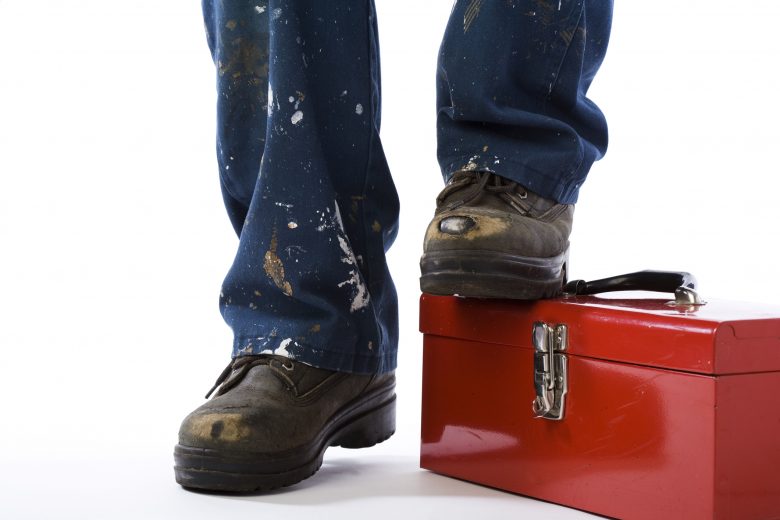A heavy object falling from a height, rolling, or penetrating the worker’s shoe, a slip while carrying a piece of equipment, or a chemical hazard present in the workplace—these can all result in a foot injury that can hurt an employee’s career and determine the long-term direction of their lives.
The fallout from a single workplace foot injury can be enormous. On top of the human impact of an injury to an employee’s foot, a mild one can impede performance and a serious one can put an employee out of work for months and can even permanently affect their mobility. This is why providing workers with protective footwear is so important in spaces where activities such as heavy lifting, chemical or machine work take place. But there are several factors that can affect whether employees actually wear their protective footwear on the job.
Complacency
Sometimes employees knowingly forgo their foot protection, thinking that nothing bad can happen to them. Other times they just forget or are simply not in the habit of wearing their PPE. Employees may make the mistake of believing they are bulletproof—especially those who’ve been working injury-free for a long time. One of the best ways to improve foot safety is to disrupt workers’ complacency and help them realize that they are personally at a higher risk of injury every time they don’t wear proper protective equipment.
Uninvolved supervisors
The safety culture within a workplace cannot improve if supervisors and managers don’t do their part in leading the way. Those on the front lines determine the success or failure of any safety initiative. Therefore, where protective footwear is concerned, an organization’s leaders must lead by example and wear it themselves in areas where it’s required and encourage their subordinates to develop the same positive habits. They should also have the skills to bring to attention—without creating friction—problems like complacency, PPE misuse or failure to comply with regulations.
Human factors
Human factors are ever-present in today’s workforce and they affect productivity, compliance and safety, including the proper wearing of PPE. States of mind like rushing, frustration and fatigue influence employee behavior and, by extension, their ability to pay attention to hazards on the job. Human factors safety training can encourage workers to become more acutely aware of when their emotions or physical state are harming good decision making.
It can also teach them useful techniques and help them develop good safety habits like:
- testing their footing before committing their weight;
- moving eyes before moving feet;
- looking for things which could cause them to drop objects.
Not replacing old PPE
Employers must ensure that footwear remains updated, even if it is employee-owned. They must also ensure that faulty PPE is removed from use in the workplace and replaced in accordance with safety regulations. Work boots with minimal wear and tear are essential; if footwear is deteriorating, or if employees feel unsafe using their PPE, the equipment will likely not provide adequate protection against potential dangers and foot injuries that may result.
It’s crucial to provide workers with sufficient foot protection, encourage supervisors and managers to take an active role in promoting workplace safety culture, and safeguard against complacency and other human factors that affect workers’ use of PPE. If you’re seeing a spike in foot injuries, consult a resource like this free PPE guide to discover what might be causing it—and what you can do about it.

